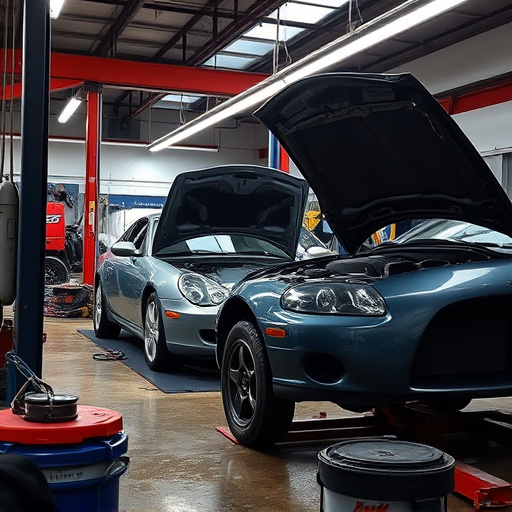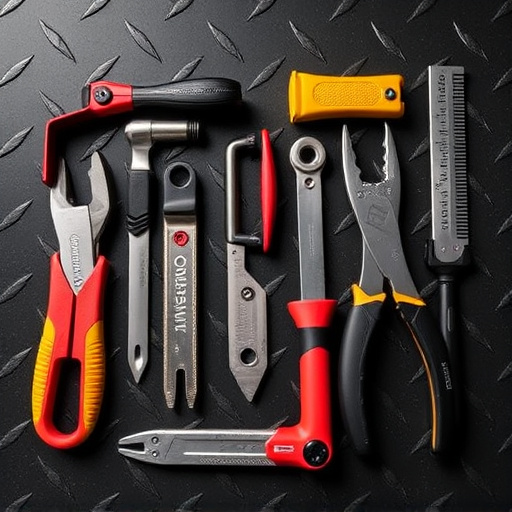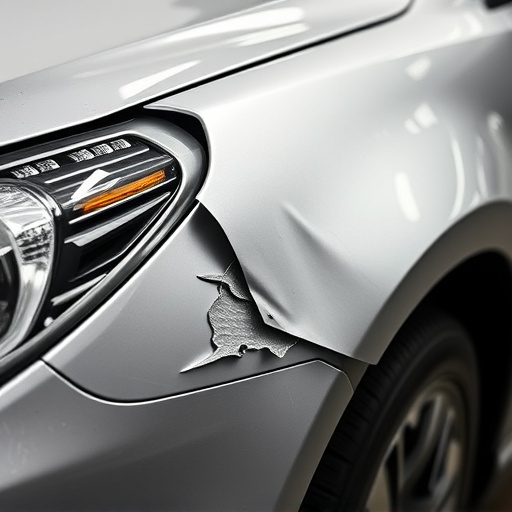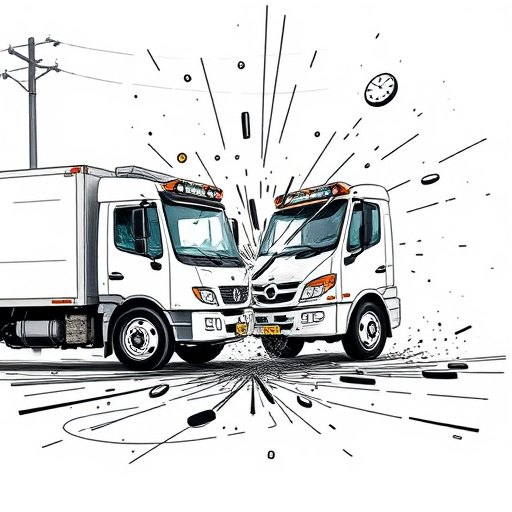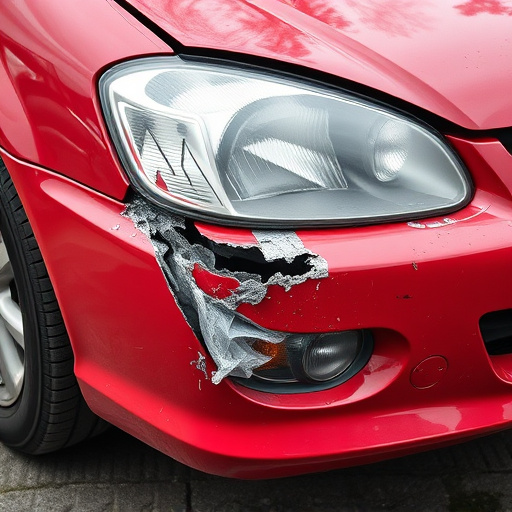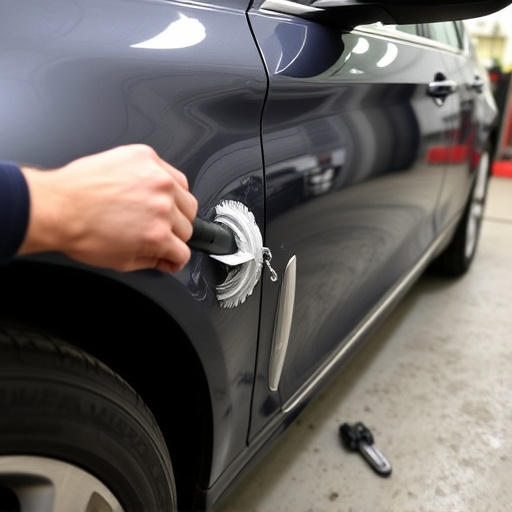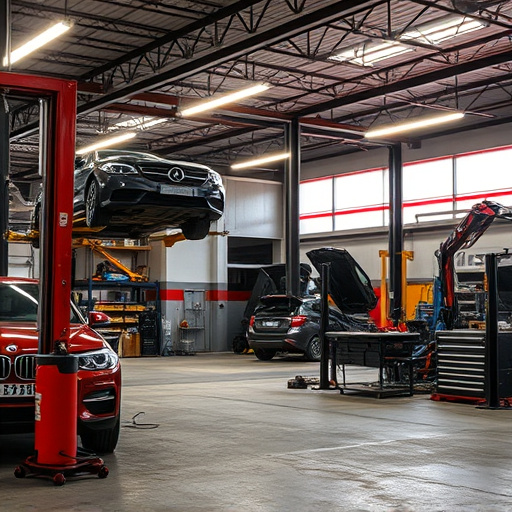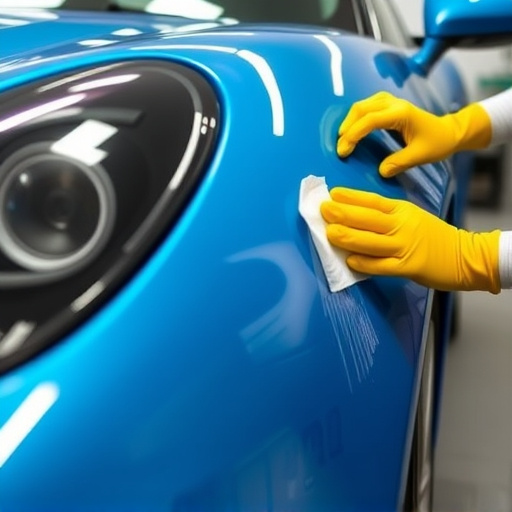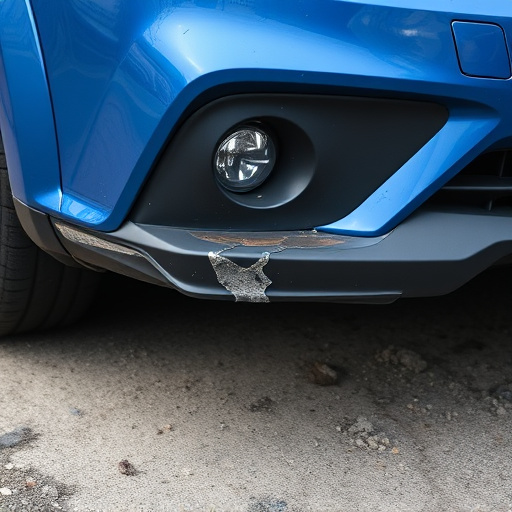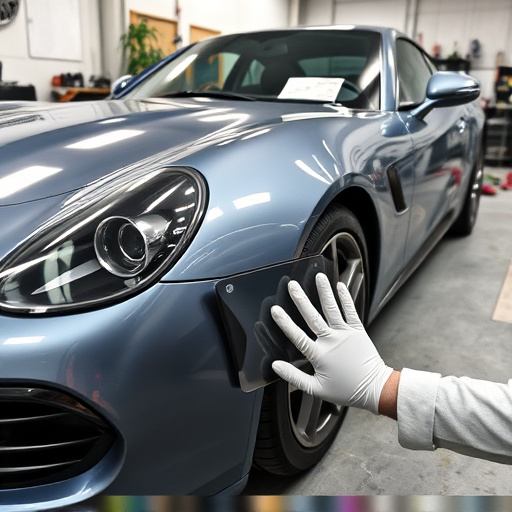Structural adhesive systems revolutionize automotive repairs, offering unparalleled strength and durability for bonding metal, plastic, and other materials, with advantages including lightweight components, faster turnaround times, reduced scrap material, enhanced structural integrity, and versatility for new and vintage vehicles. Proper preparation involves meticulous cleaning, sanding, and priming, while application techniques require precise control, pre-cleaning, and adequate drying time to avoid weaknesses and ensure durable bonds.
“Discover the art of applying structural adhesive systems with precision and efficiency. This comprehensive guide uncovers best practices essential for professionals in various industries. From understanding key components and reaping benefits like enhanced strength and reduced assembly time, to preparation tips for optimal surface bonding, we explore it all.
Learn about effective application techniques, stay informed on common mistakes to avoid, and elevate your work with these expert insights tailored for structural adhesive systems.”
- Understanding Structural Adhesive Systems: Key Components and Benefits
- Preparation and Surface Treatment for Optimal Bonding
- Application Techniques and Common Mistakes to Avoid
Understanding Structural Adhesive Systems: Key Components and Benefits
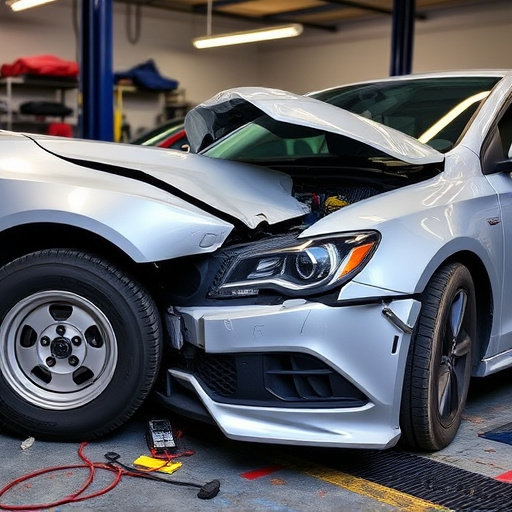
Structural adhesive systems are revolutionizing the way we approach automotive repairs and restoration. Unlike traditional welding or riveting methods, these systems offer a modern solution for bonding metal, plastic, and other materials with exceptional strength and durability. At the heart of this technology lie several key components: high-performance adhesives, specialized applicators, and precise curing processes.
The benefits of structural adhesive systems are multifaceted. They provide lightweight alternatives to heavy metal components, enhancing fuel efficiency in vehicles. In collision repair and car body shops, these systems offer faster turnaround times, reduced scrap material, and improved overall structural integrity. Moreover, their versatility allows for the restoration of both new and vintage vehicles, catering to diverse customer needs and preferences, such as those looking for a reliable auto repair near me.
Preparation and Surface Treatment for Optimal Bonding
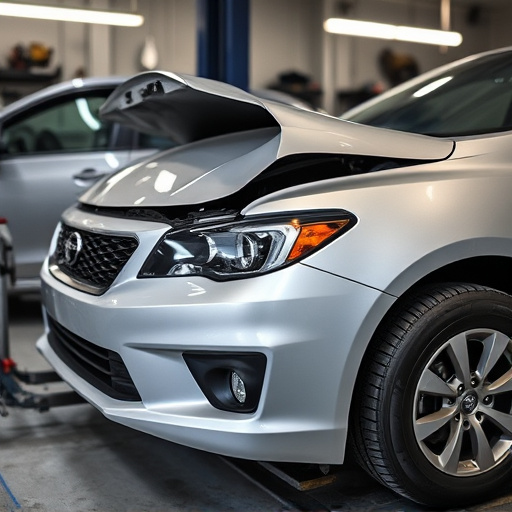
Proper preparation and surface treatment are paramount for achieving optimal bonding with structural adhesive systems. Before applying any adhesive, it’s crucial to thoroughly clean the surfaces to remove dirt, grease, dust, or any other contaminants that could hinder adhesion. This often involves using degreasers, solvents, or specialized cleaning agents tailored for automotive applications, like those in auto body shops. Sanding and priming the areas to be bonded can also create a rougher texture, increasing the surface area available for bonding.
For instance, in bumper repair or tire services, where structural adhesives are commonly used, preparing the surfaces is as much an art as it is a science. Removing damaged or old paint, using appropriate primers, and ensuring the substrates are dry to the touch are essential steps. These preliminary treatments create a strong foundation for the adhesive, promoting long-lasting, durable bonds that are vital for safety and structural integrity in automotive repairs.
Application Techniques and Common Mistakes to Avoid
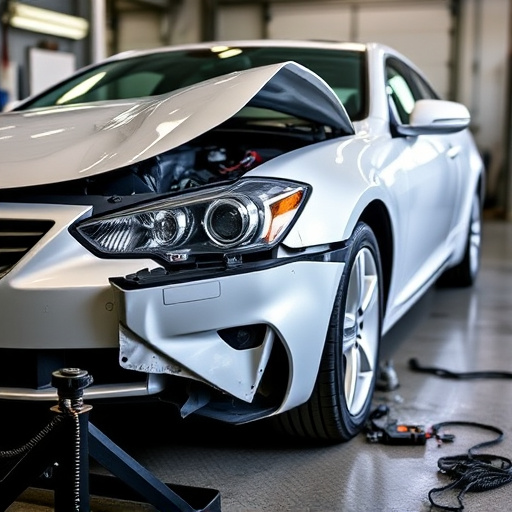
When applying structural adhesive systems, proper technique is paramount to achieving strong, lasting bonds in automotive repairs, including mercedes benz repair and fleet repair services. Common application techniques include using a disposable blade or a gun with adjustable settings for precise control over adhesive flow. For optimal results, ensure a clean, dry surface prior to application, and degrease as needed.
Despite their benefits, structural adhesives come with potential pitfalls. Avoiding common mistakes like applying excess adhesive, which can ooze out and compromise bond strength, is crucial. Another error is failing to pre-clean the surfaces thoroughly, which introduces contaminants that weaken the adhesive’s grip on car bodywork. Remember that patience is key—allowing sufficient drying time between coats ensures the structural adhesive system sets up correctly for a durable finish in any vehicle repair project.
Applying structural adhesive systems requires a thoughtful, methodical approach. By understanding key components, preparing surfaces properly, and employing best practices during application, you can achieve strong, lasting bonds that maximize the benefits of these advanced systems. Remember, attention to detail is crucial for successful integration of structural adhesives into your projects.
